Equipping underprivileged children with the tools to succeed
Developments in Literacy says 60% of Pakistanis living on less than Rs100 a day
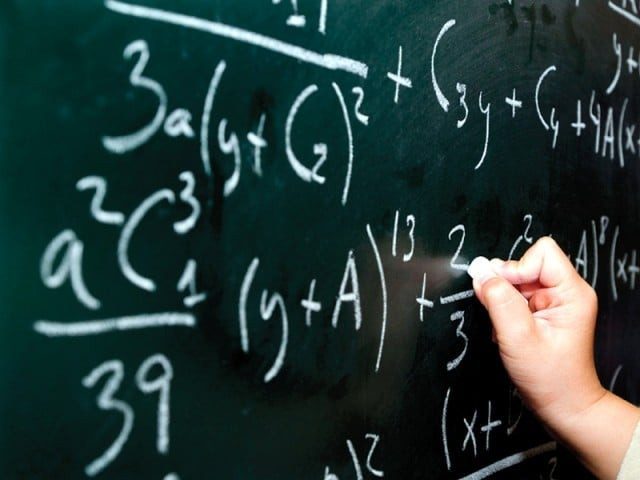
STOCK IMAGE
This was shared by founder and CEO of Developments in Literacy (DIL), Fiza Shah, at an event held at the Fomma Art Centre in DHA to inform the public about DIL's mission, which is to educate and empower underprivileged students by operating modern schools in low-income areas. The organisation also brings in modern facilities to provide high-quality professional development to teachers and school staff across Pakistan.

Based in Islamabad, DIL Pakistan operates 126 schools, with over 21,000 children enrolled across Pakistan.
Read: Investment in education : Interactive whiteboards installed at 100 govt schools
The organisation also runs a Teacher Education and Management College, which has trained 2,700 teachers and principals in content knowledge, paedagogy and school management in 2014 alone. This benefited around 39,000 children enrolled within and outside the DIL system. Shah shared DIL's belief that no child in Pakistan, no matter how poor or underprivileged, should be denied access to quality education. All children should have an equal opportunity to reach their full potential and contribute toward the socio-economic betterment of their communities, she said.
According to Shah, DIL receives funding mostly from Pakistani American philanthropists. "We also arrange fundraising events once or twice a year in the US," she said, adding that her organisation also has offices in the UK, Hong Kong and Canada and that the residents of those countries also make monetary contributions. DIL is different because it focuses on the promotion of girls' education.
Read: Free education: School for underprivileged gets own building

The curriculum taught in DIL schools is that of government standard so that the students have access to colleges and universities once they graduate. She told the participants that the medium of language used in the schools is Urdu, whereas Sindhi is used in some schools of Sindh and Pashto is used to teach students in Khyber Paktunkhwa. Defining the curriculum, she said it is child-centered with emphasis on creativity and critical thinking skills.
Read: Experts chalk out plans to enrol 25 million children
"In this inquiry-based approach, students develop knowledge and understanding through learning activities," she explained. Sharing some success stories, Shah said recently a boy from DIL's Sukkur campus was selected to study at the Institute of Business Administration on scholarship and a girl from Punjab received admission to study at the Fatima Jinnah Medical University. "Imagine what a difference these students will make when they will complete their studies and go back to their villages," said Shah. Last year alone, students from DIL schools secured 40 per cent A and A1 grades, said Laila, a DIL representative.
A video presentation was also shown, in which students were seen attending lectures in their classrooms or playing.
Published in The Express Tribune, October 17th, 2015.

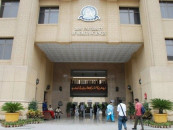


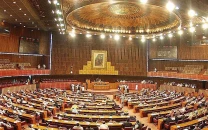
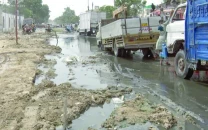
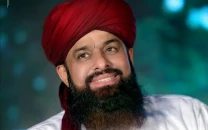











COMMENTS
Comments are moderated and generally will be posted if they are on-topic and not abusive.
For more information, please see our Comments FAQ